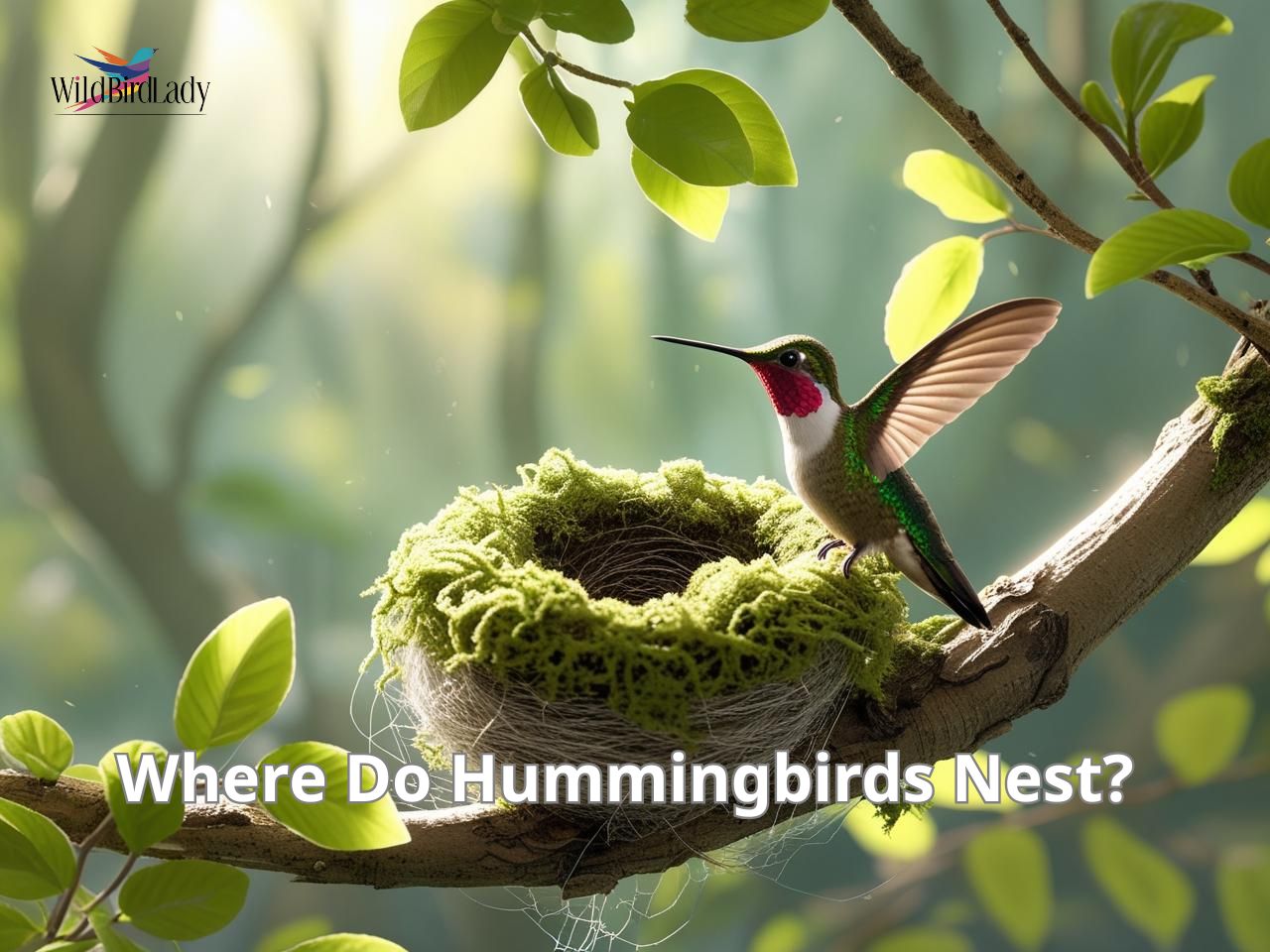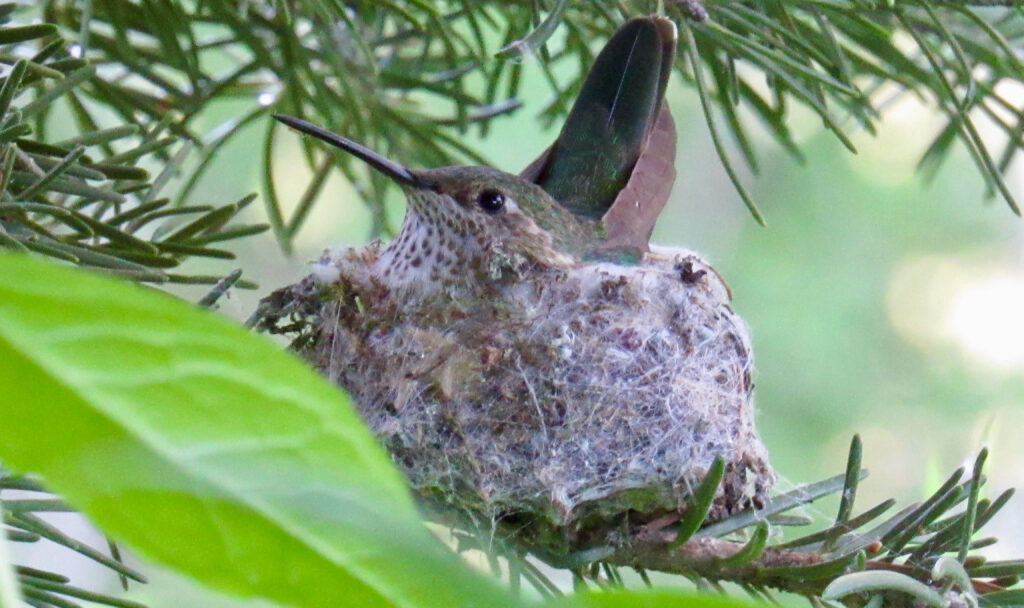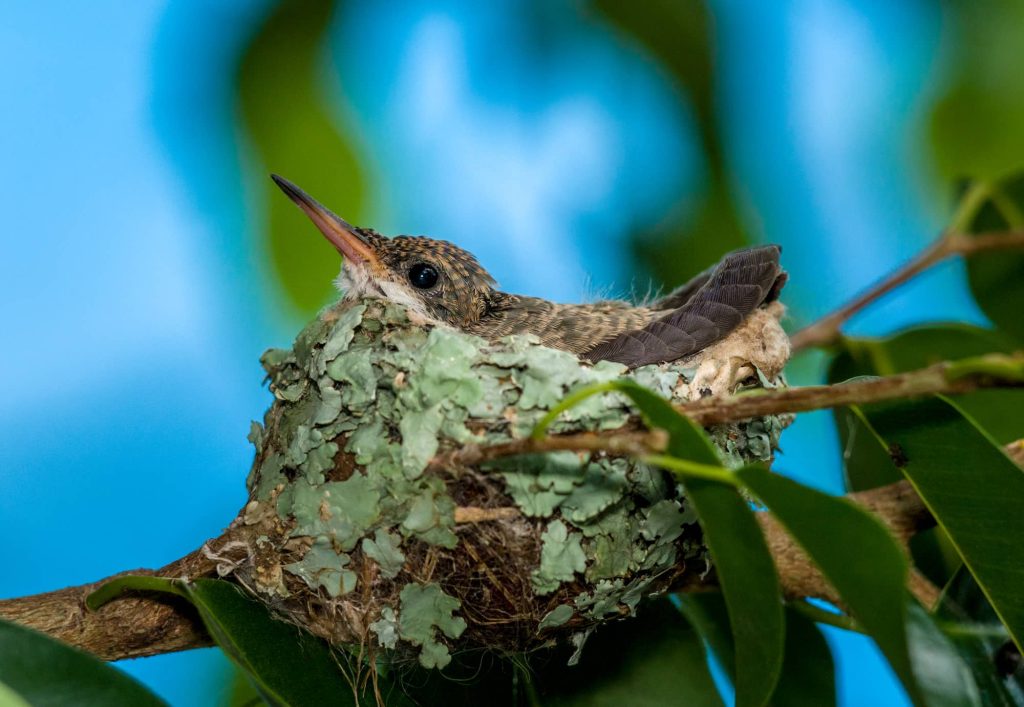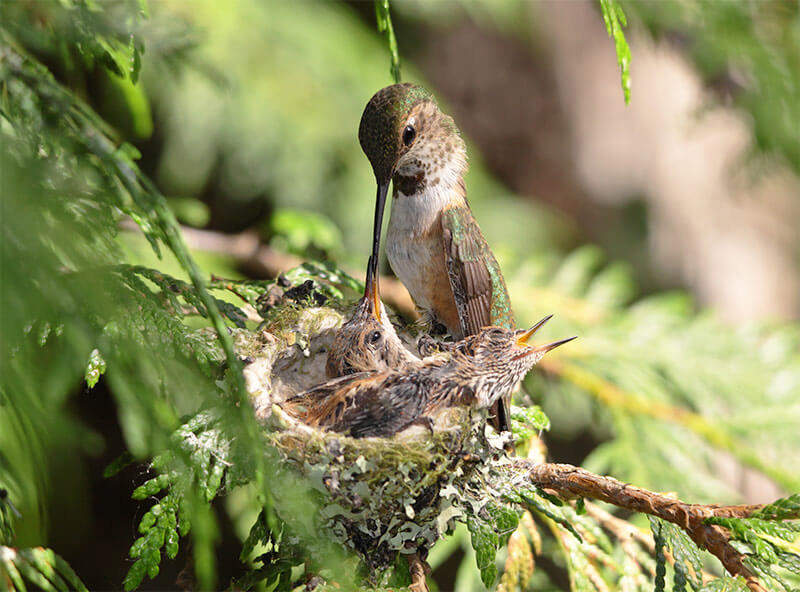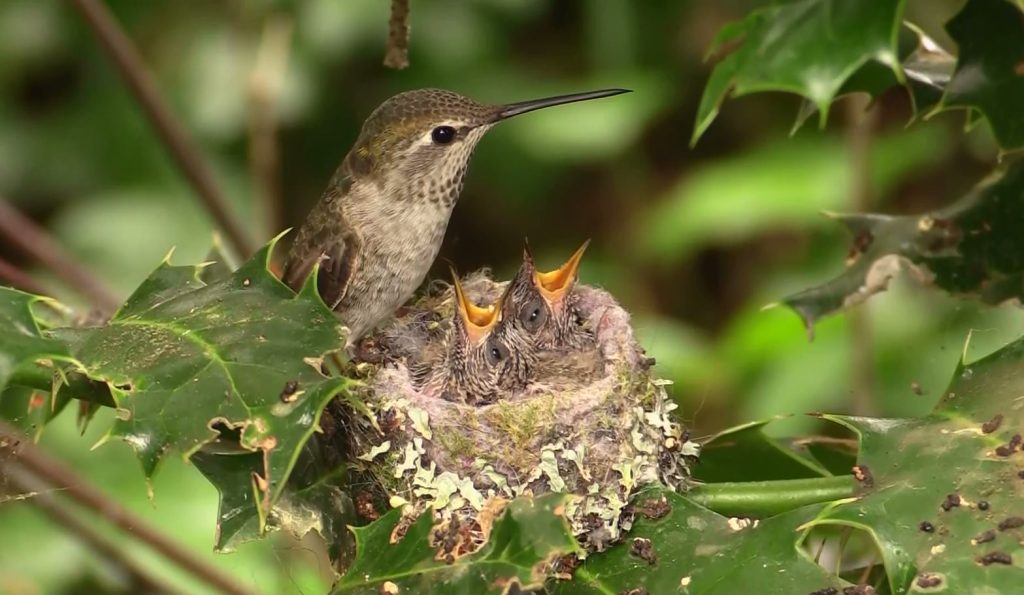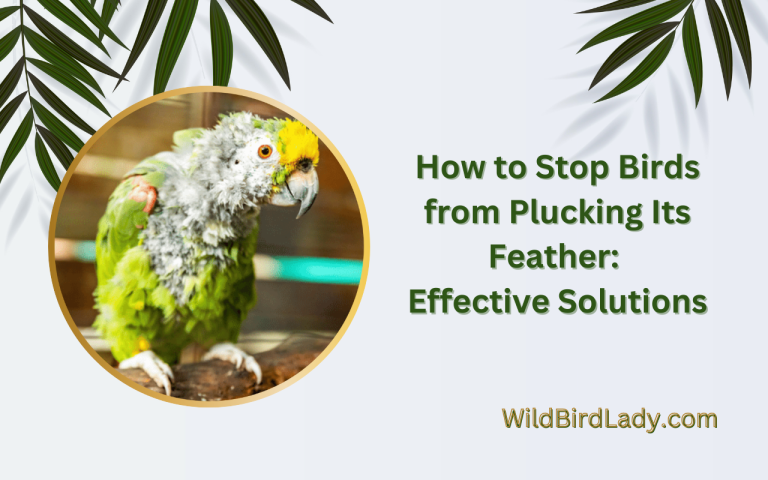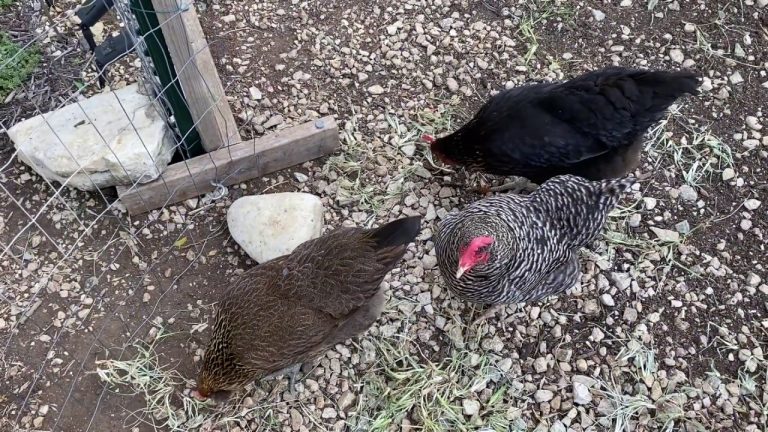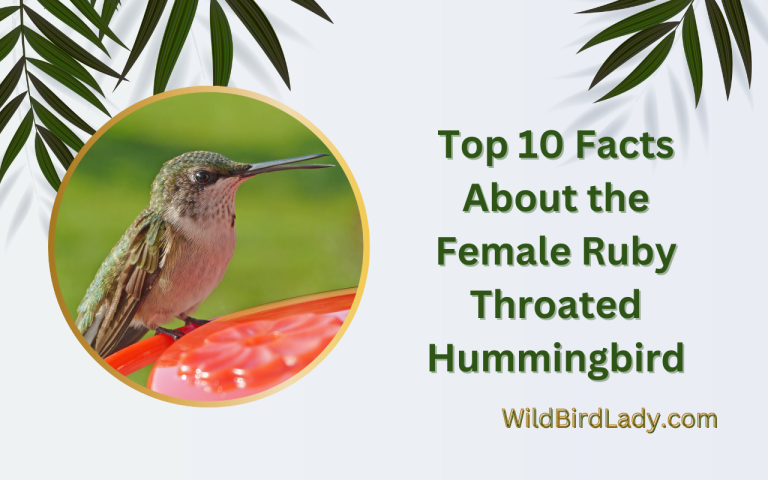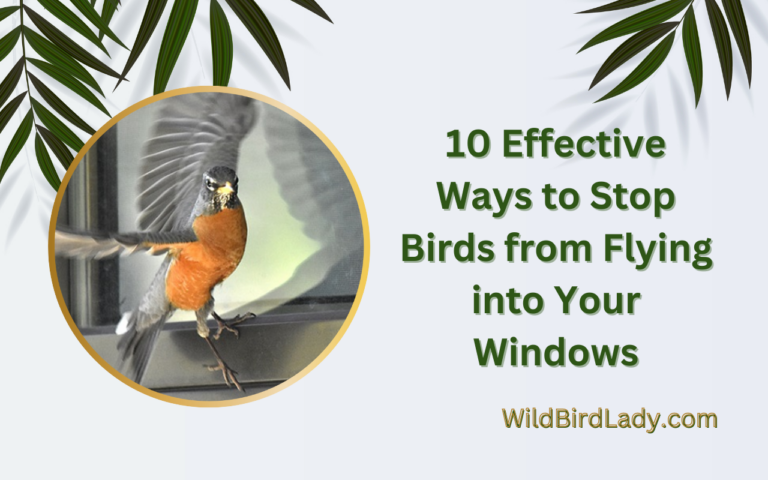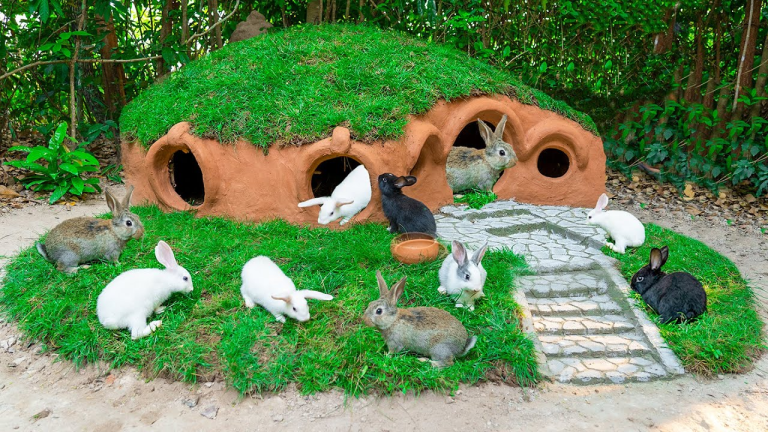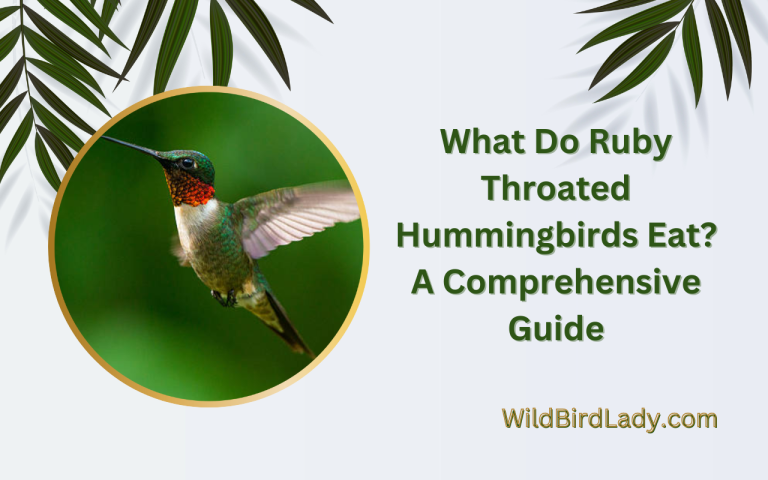Where Do Hummingbirds Nest? A Deep Dive Into the Secret World of Tiny Architects
Over the years, I’ve spent countless early mornings and dusky evenings trailing the iridescent flash of hummingbirds across woodlands, backyards, and meadows. Yet, despite their brilliance in flight, one of the most elusive aspects of hummingbird behavior remains their nesting habits. So, where do hummingbirds nest? What materials do they use? And how can you help without disturbing them?
Let’s uncover the surprisingly complex nesting behavior of these pint-sized marvels, supported by both my personal field observations and the latest insights from leading ornithological sources like the Cornell Lab of Ornithology and Audubon.
Where Do Hummingbirds Build Their Nests?
1. Typical Nesting Locations
Hummingbirds are surprisingly strategic when it comes to selecting a nesting site. Unlike other birds that prefer obvious locations like tree hollows or birdhouses, hummingbirds opt for well-camouflaged spots to protect their fragile young.
Common nesting sites include:
- Tree branches and shrubs: Typically 5–20 feet off the ground, often on slender, forked branches to minimize predator access.
- Bushes or vines: Especially in more densely vegetated gardens and hedgerows.
- Man-made structures: Some hummingbirds adapt to urban environments, nesting on wires, plant hangers, wind chimes, even security cameras.
According to the Cornell Lab of Ornithology, “Hummingbird nests are often found in trees like oak, sycamore, hackberry, and pine, depending on regional availability” (source).
2. Preferred Environments
Most North American hummingbirds choose nesting sites in sheltered areas with access to nectar-rich flowers, insects, and clean water. Their ideal habitats include:
- Woodland edges
- Suburban gardens
- Riparian corridors
- Flowering meadows
Shade, protection from wind, and nearby food sources all play a role in nest placement.
What Do Hummingbird Nests Look Like?
If you’ve never seen one, don’t be surprised—they’re incredibly well disguised.
- Size: About the diameter of a ping pong ball.
- Shape: Cup-shaped and flexible.
- Texture: Soft, spongy, and moss-covered, often camouflaged with lichens.
Female hummingbirds are the sole nest builders. They use:
- Plant down (like dandelion or thistle fluff)
- Spider silk (for flexibility and binding)
- Lichen, moss, and bark (for camouflage)
- Cottony fibers from natural or even synthetic sources in urban settings
Their use of spider silk is fascinating—it allows the nest to expand as the chicks grow.
When Do Hummingbirds Nest?
In North America, hummingbirds typically nest between March and July, though timing can vary depending on species and latitude.
- Southern regions: Nesting may begin as early as February.
- Northern areas: Nesting typically begins in May.
Most female hummingbirds lay 2 tiny white eggs (the size of jellybeans) and may raise 2 broods per season.
“Females may build a second nest while still feeding fledglings from the first brood,” notes the Audubon Society (source).
Hummingbird Nesting Behavior: What I’ve Observed
In my years of birdwatching, I’ve come to deeply admire the meticulous nature of female hummingbirds. Here are a few things I’ve learned from the field:
- They scout nesting sites for days. I’ve followed females hovering near shrubs and tree limbs repeatedly, almost as if they’re assessing structural integrity.
- They prefer concealment over visibility. I once spent hours under a red maple tree before spotting a nest no larger than a walnut, tucked into the fork of a branch, covered in moss.
- They’re fiercely territorial during nesting. I’ve watched Ruby-throated Hummingbirds chase away jays and even squirrels that get too close.
How to Spot a Hummingbird Nest
They’re tough to find, but not impossible. Here are my go-to strategies:
- Look for hovering behavior: If a female consistently returns to the same area with spider silk or plant material, she’s likely building.
- Use binoculars: Scan branches that are horizontal and sheltered by leaves.
- Listen: Hummingbirds make high-pitched “chip” calls when disturbed near a nest.
Important: Never disturb a nest. Hummingbirds may abandon their young if stressed.
How to Create a Hummingbird Nest-Friendly Backyard
You can’t force a hummingbird to nest in your yard—but you can make it inviting.
Native Plants for Nesting Material and Shelter
| Plant | Purpose |
|---|---|
| Dandelion | Provides fluffy seed heads for nest lining |
| Milkweed | Excellent source of plant fibers |
| Bee balm | Attracts insects (protein for chicks) |
| Oak and maple trees | Common nesting trees |
Avoid These
- Pesticides and herbicides
- Excessive pruning during spring
- Reflective surfaces near nesting zones
Add a Water Source
A gentle misting fountain or shallow birdbath provides water without disturbing nesting females.
What Happens After the Eggs Hatch?
- Incubation: 12–18 days
- Nestling period: 18–28 days
- Feeding: Mothers feed chicks a slurry of regurgitated insects and nectar
Unlike other birds, hummingbird chicks develop quickly and require high-energy diets. I’ve watched fledglings take their first flight—awkward at first, but astonishingly agile by day two.
Do Hummingbirds Reuse Nests?
Rarely. While some species may return to the same tree or general area, most nests are single-use. However, they may recycle materials from the old nest into a new one.
In one memorable encounter, I observed a female Anna’s Hummingbird stripping her previous nest’s lining to build a fresh one just a few branches over.
Species Spotlight: Nesting Habits of Common U.S. Hummingbirds
Ruby-throated Hummingbird
- Range: Eastern U.S.
- Nest height: 5–50 feet
- Unique trait: Prefers deciduous trees and often nests near streams
Anna’s Hummingbird
- Range: Western U.S. and coastal regions
- Nest location: Evergreen trees, shrubs, and sometimes urban fixtures
- Fun fact: May nest as early as December in California!
Black-chinned Hummingbird
- Range: Southwestern U.S.
- Nest material: Frequently uses cottonwood fluff and lichen
- Location: Along rivers and canyons, especially cottonwoods and sycamores
Ethical Tips for Observing and Photographing Hummingbird Nests
If you’re hoping to document these nests, remember:
- Stay at a distance (at least 10 feet)
- Use zoom lenses or binoculars
- Avoid flash photography
- Never touch or move branches near a nest
The best photos come from patience and respect.
Final Thoughts: The Hidden Marvel of Hummingbird Nests
Hummingbirds may be tiny, but their nest-building skills are nothing short of engineering feats. From material selection to architectural design, their nests represent a balance of form, function, and camouflage.
After 13 years of watching these delicate creatures in their natural habitat, I’m still in awe every time I spot a hummingbird nest. Whether it’s tucked behind a fern or swaying at the edge of a sycamore, it’s a testament to the brilliance of nature’s smallest architects.
So next time you hear a faint buzz or spot a hovering blur near your garden, take a moment. You might be standing near one of the tiniest nurseries in the bird world.

